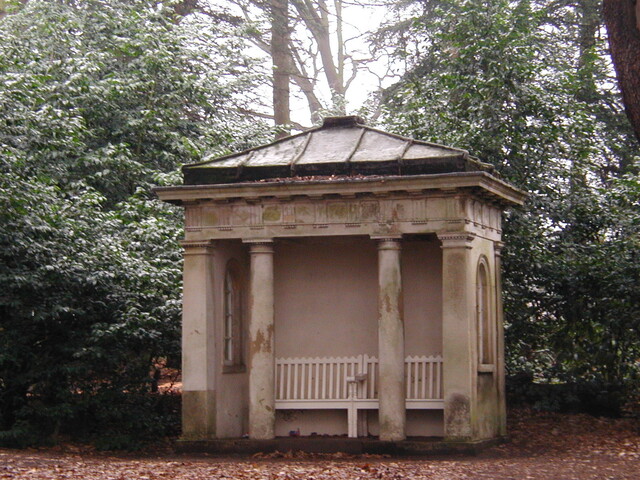Do You Know Your Orders?
- Posted in:
- Heritage
- HistoricBuildings
- NewsletterArchive
This wonderful article was first published in our Summer 1998 Heritage Newsletter:
We owe much to the Ancient Greeks and the Romans, even in Nottinghamshire (the Greeks they didn’t get a far as Britain in their conquering days – too cold for their sunny dispositions). But did you know, for example, that we owe them for the columns that adorn many buildings around us?
The Greeks originally used columns to make their public buildings more majestic such as their temples and government offices. How many of us have seen pictures of the glamorous Parthenon in Athens? It can be said that the Ancient Greeks refined the systems of the orders originally begun by the Egyptians and arrived at works of architecture of rare beauty.
What constitutes an order? It’s the entire column, consisting of the base, the shaft, and the capital, plus the entablature above, meaning the areas above the column including the frieze. Each order is slightly different. Please remember, these are Greek orders, and are different again from the Roman orders, as the Romans later copied the Greek ideas.
The simplest of columns is the Doric order. This order has no base and the column shaft as placed immediately on the top step of the building. It has a fluted shaft, tapering towards the top, with a simply curved capital under a square block. The frieze has divisions, known as triglyphs and metopes, one often decorated with sculpture.

The Ionic order is further enriched with sculpture. The capitals are the most recognisable features, ornamented with four spiral projections (known as volutes or ears), arranged to exhibit a flat face on the two opposite sides of the capital. The entablature is either left plain or decorated with a continuous sculptured frieze.

The Corinthian order was the most decorated, the capital being ornamented in a variety of ways, usually with figures or foliage plus similar volutes to the Ionic order.

And why are these so important to English architecture? In the late eighteenth century, travel to Greece and Rome became fashionable and a deep interest in the ancient forms of architecture arose. This was also influenced by archaeological discoveries at this time, such as at Pompeii, and by the removal of the Elgin Marbles from Athens to London, where the noble simplicity and serene grandeur was admired and therefore copied. The resulting form of architecture is known as the neo-classical style.

Above: Doric orders on the Roman style seat alcove at the Roman Temple Garden, Clumber Park, Worksop
Look out in the towns of Nottinghamshire, for examples of the Classical orders, both Greek and Roman, the difference mainly being that Roman orders tend not to have fluted columns. What is the most popular order that you can see?
